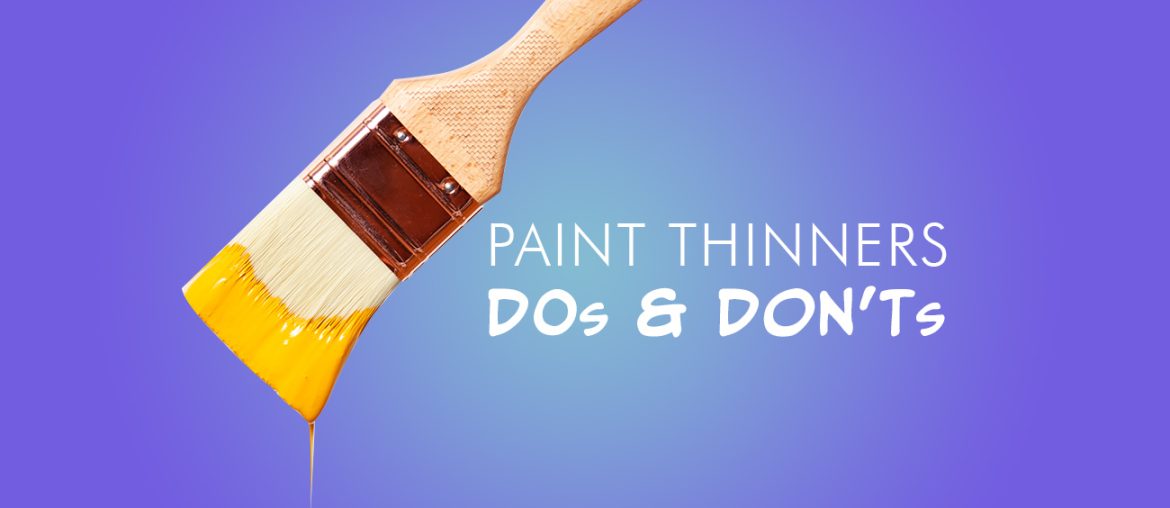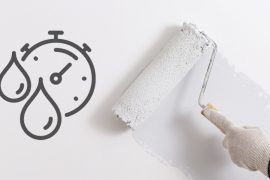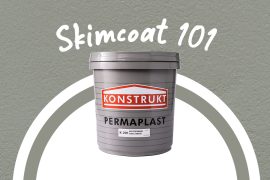You may not need paint thinner, sometimes also called reducer, if you’re only repainting room walls with latex paint. If you’re serious about becoming a capable painter though, chances are high you’ll need it.
The thinner appropriate for your project can simply be just plain water from your tap or a specific product you need to buy at a hardware store. Whatever the case, here are some dos and don’ts you should know about them.
Do Know Why You’re Thinning Your Paint
If you’re applying paint with a spray gun, you will need to thin your paint product in order for it to flow out of the nozzle better and for your coating to be even. There are also instances where using a spray gun is the only recommended way to apply a product, like with Boysen Automotive Lacquer, so you’ll definitely need thinner then.
For ready-to-use products, adding thinner is entirely optional. But, you may want to do so to get your paint to a consistency you prefer. It may be easier or more comfortable for some to apply paint that’s thinner in viscosity.
Some also add thinner to “stretch” or “bulk up” the paint they’re using. Basically, by doing so you get more paint to work with and hopefully cover more area. Remember, however, that each type of paint can only accommodate a certain amount of thinner without affecting its opacity.
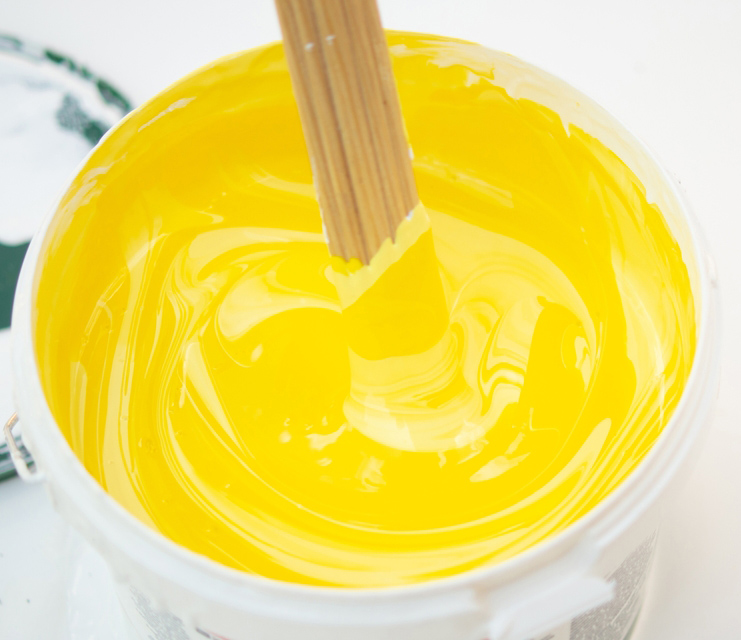
Do Use the Right Thinner for Your Product
Always use the appropriate thinning solvent for the paint you’re using. Mixing in the wrong type of thinner can result in adverse reactions and lead to potential paint defects.
If you’re not sure what type of thinner or reducer should be mixed with your paint, head to the Boysen website (Boysen.com.ph). There you’ll be able to find the technical info on all of Boysen’s products including each one’s appropriate thinning solvent.
Here’s a quick reference guide you can use:
- Water – for water-based paints like Boysen Permacoat Latex
- Boysen Paint Thinner – for oil-based paints like Boysen Quick Drying Enamel
- Boysen Epoxy Reducer – for epoxy paints like Boysen Epoxy Enamel
- Boysen Lacquer Thinner – for lacquer products like Boysen Automotive Lacquer
- Boysen Acrytex Reducer – for when you’re using Boysen Acyrtex

Don’t Go Over the Recommended Ratio
Always check the maximum amount of thinner you can add before mixing it in with your paint. It should say so on the packaging label. You can also, again, check the Boysen website to find the technical info of your product.
For example, you can thin 4 liters of Boysen Quick Drying Enamel with not more than 1 liter of Boysen Paint Thinner. This makes a 4:1 ratio of paint to thinner.
Using too much thinner is never a good thing. Aside from affecting opacity as previously mentioned, going over the recommended ratio can also affect the formation of the paint film.
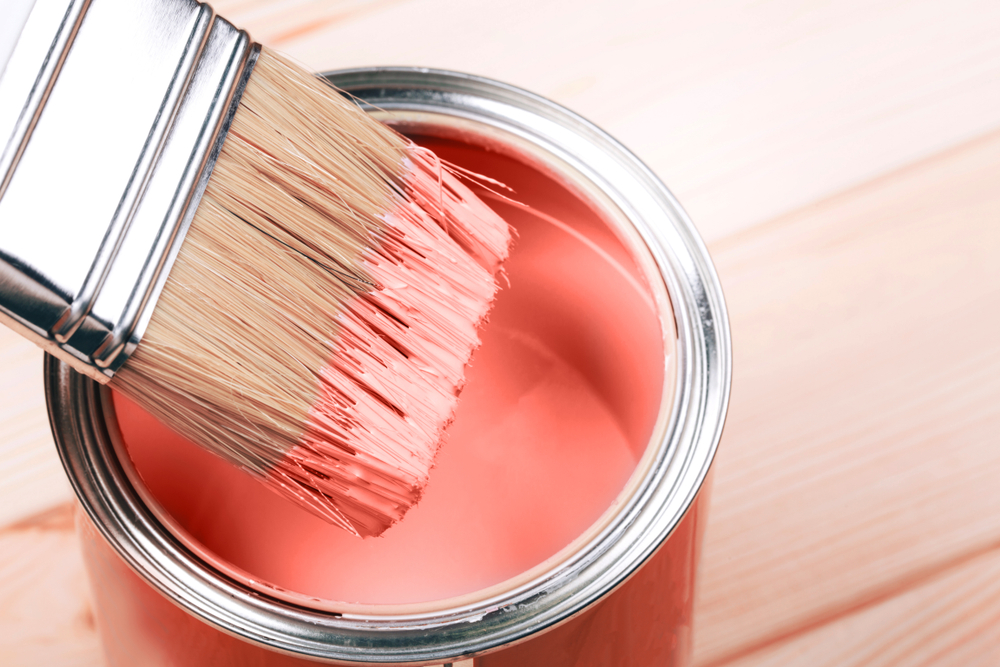
Don’t Forget the Other Uses of Thinner
Thinner also has other uses outside of being mixed into paint products. For starters, after painting, you can use thinner to clean your brushes. The paint product you used will dictate what type of thinner or reducer can be used to clean your tools.
If you’re painting on metal, you might need thinner as well. As part of necessary surface preparation procedures before painting, new galvanized iron sheets (yero in Filipino) need to be wiped down with a rag soaked in paint thinner. This is to remove any grease, oil, wax, and other contaminants on the surface.
And, if you’re treating rust on metal, you’ll need it as well. After applying and then washing off a chemical solution rust converter like Boysen Metal Etching Solution, you’ll need to wipe the area down with thinner. Find the full Boysen expert guide to treating rust here: How to Deal with Rust on Metal You Want to Paint.
Aren’t thinners useful? Hoping you learned a thing or two about them from this blog post!
If you have questions about any Boysen product, feel free to reach out to the Boysen Technical Department at ask@myboysen.com. You can also call (02) 8363-9738 local 413 to 418 during office hours for a one-on-one consultation.

